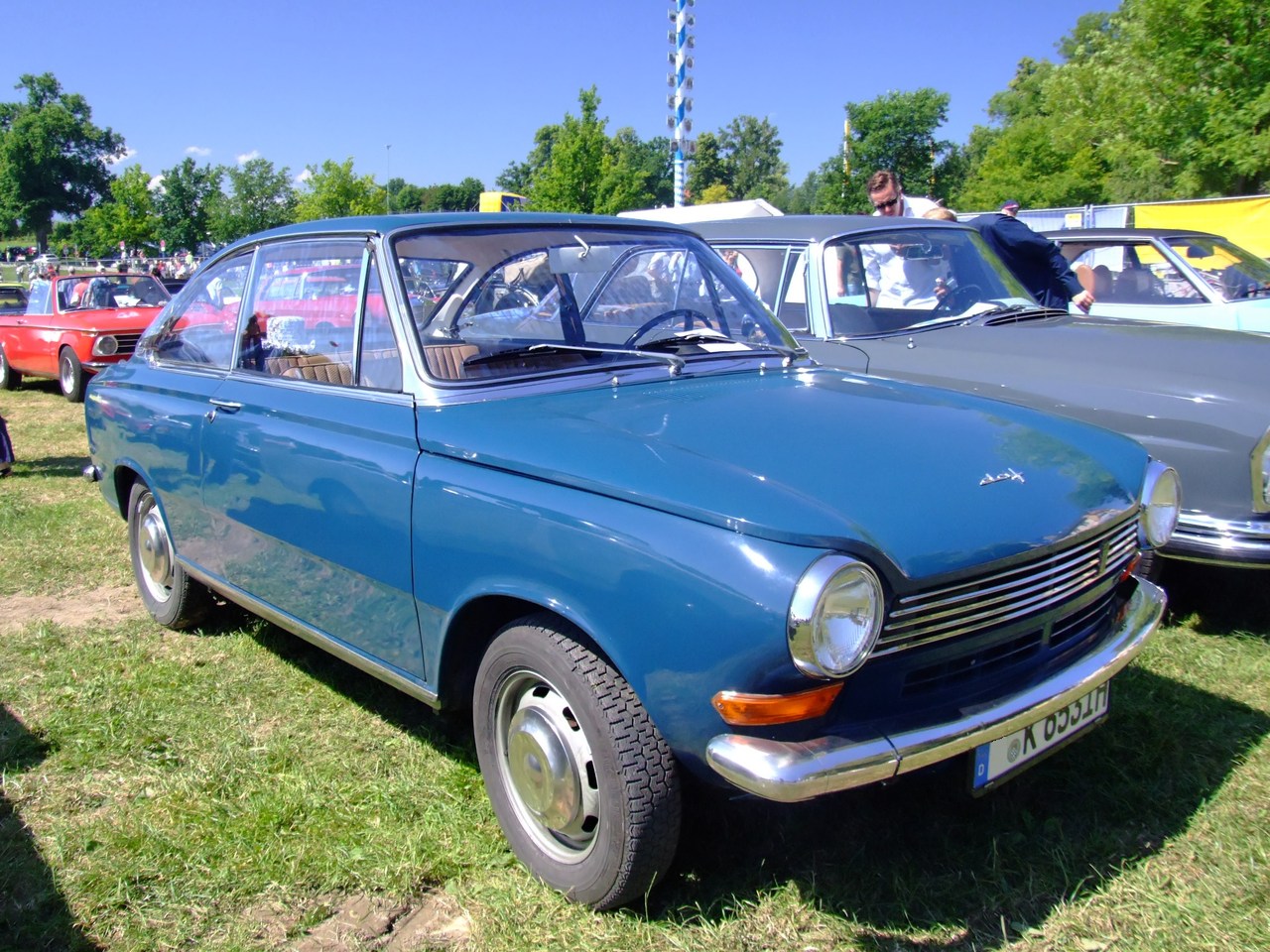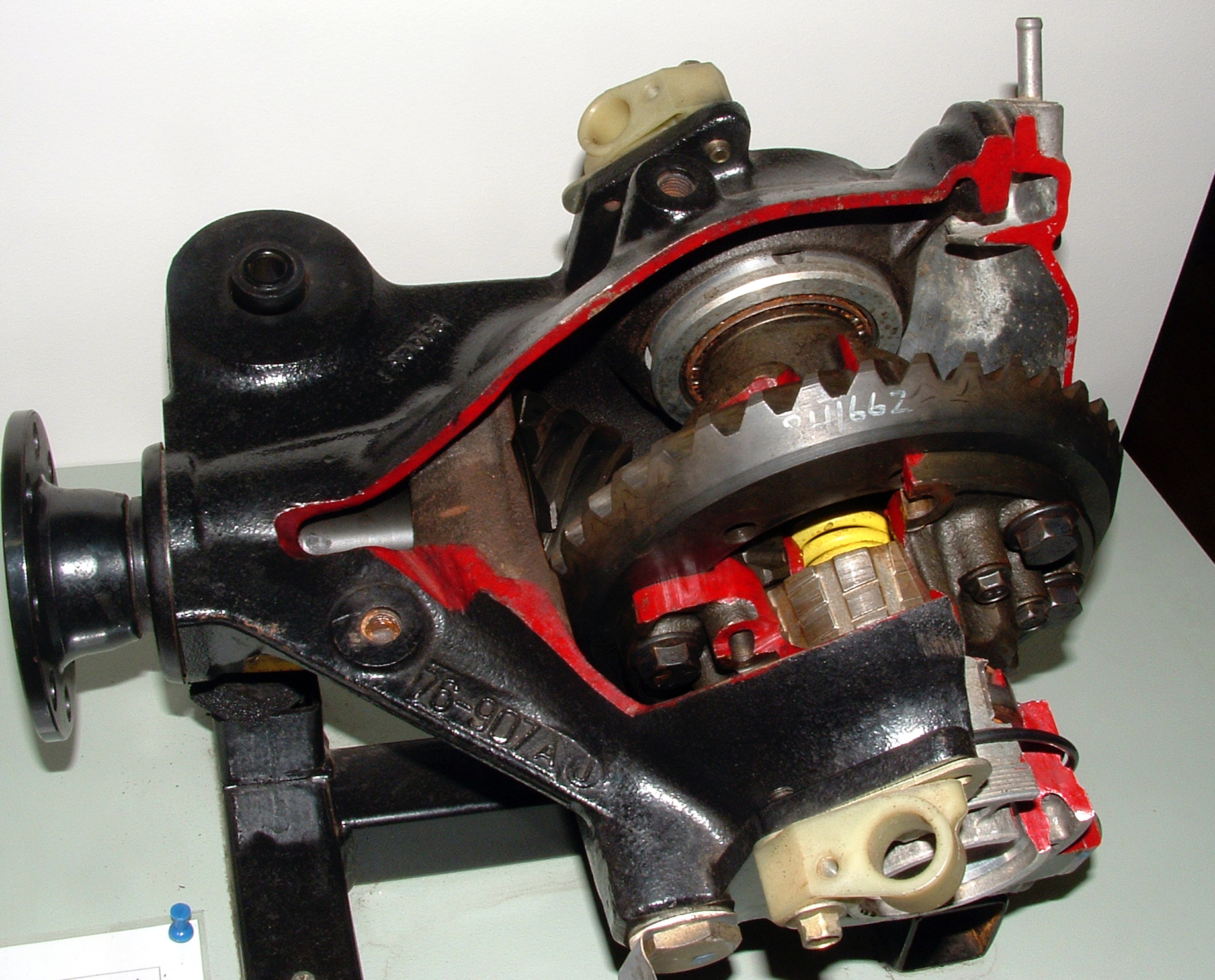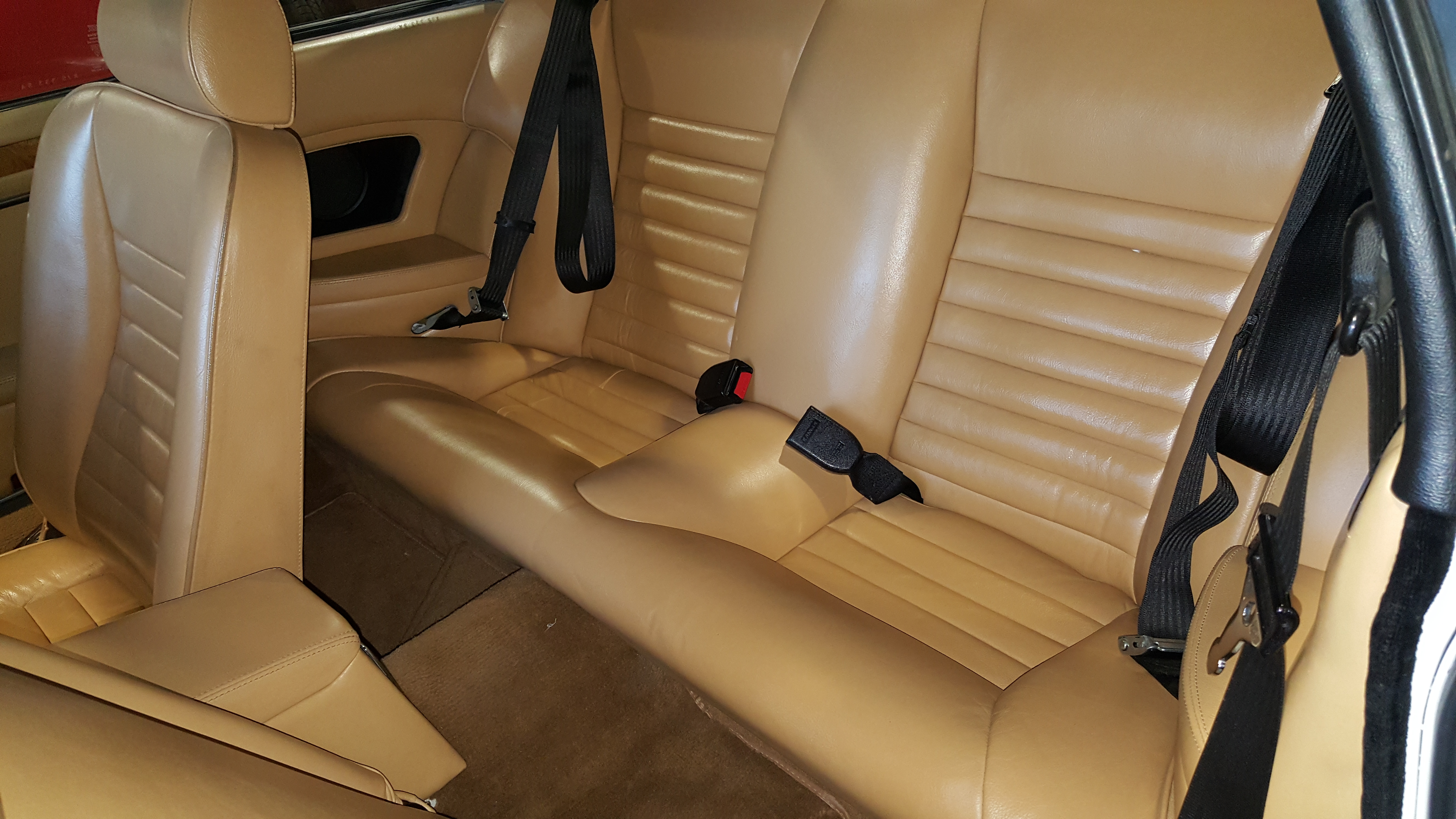|
DAF 55
The DAF 55 is a small family car produced by the Dutch company DAF from December 1967 to September 1972. At that time it was replaced with the DAF 66. All 55s featured the unique Variomatic belt-driven continuously variable transmission, with no manual transmission available. This feature of all DAF cars was very unusual for its class at the time. The 55 was available as a 2-door saloon, a 3-door estate and a 2-door coupe. In total 164,231 DAF 55s were built. Origins The 55 was developed to be a more powerful version of the 1966 DAF 44. The redesign was extensive, and featured the following major changes: *Powertrain **Because the 44's two-cylinder DAF-designed boxer engine was at the end of its development, DAF partnered with Renault to build a version of their 1108 cc water-cooled inline 4 C-series engine, dubbed the B110. *Suspension **The front suspension was changed from the 44's transverse leaf spring setup to longitudinally mounted torsion bars. At the rear t ... [...More Info...] [...Related Items...] OR: [Wikipedia] [Google] [Baidu] |
DAF Trucks
DAF Trucks is a Dutch truck manufacturing company and a division of Paccar. Its headquarters and main plant are in Eindhoven. Cabs and axle assemblies are produced at its Westerlo plant in Belgium. Some of the truck models sold with the DAF brand are designed and built by Leyland Trucks at its Leyland plant in England. History In 1928, Hubert "Hub" van Doorne founded the company as ''Commanditaire Vennootschap Hub van Doorne's Machinefabriek''. His co-founder and investor was A. H. Huenges, managing director of a brewery. Van Doorne had repaired Huenges' car several times, and Huenges, pleased with his work, offered to finance him in business. Hub started to work in a small workshop on the grounds of the brewery. In 1932, the company, by then run by Hub and his brother, Wim van Doorne, changed its name to ''Van Doorne's Aanhangwagen Fabriek'' (Van Doorne's Trailer Factory), abbreviated to ''DAF''. Huenges left the company in 1936 and the DAF company was then comple ... [...More Info...] [...Related Items...] OR: [Wikipedia] [Google] [Baidu] |
DAF 44
The DAF 44 is a small family car that was introduced in September 1966 by the Dutch company DAF. It was the first car to be built at the company's new plant at Born in Limburg. Styled by Michelotti, it represented a cautious move upmarket for the company which hitherto had produced, for the passenger car market, only the smaller, slower Daffodil model (subsequently rebadged as the DAF 33 to align with the form of nomenclature introduced with the 44). The 2 cylinder engine would have been familiar to any driver of the less powerful DAF 33, and the bore remained unchanged at 85.5 mm. Stroke was increased to 73.5 mm, however, giving an increase in engine displacement from 746 cc to 844 cc and an increase in claimed output from 28 bhp to 34 bhp. The compression ratio remained low enough to permit the use of relatively low octane fuel. Stopping power commensurate with the car's rather leisurely performance came from all-round drum brakes. An innovative fe ... [...More Info...] [...Related Items...] OR: [Wikipedia] [Google] [Baidu] |
Ford BDA
Cosworth is a British automotive engineering company founded in London in 1958, specialising in high-performance internal combustion engines, powertrain, and electronics for automobile racing (motorsport) and mainstream automotive industries. Cosworth is based in Northampton, England, with American facilities in Indianapolis and Mooresville, North Carolina. Cosworth has collected 176 wins in Formula One (F1) as engine supplier, ranking third with most wins, behind Ferrari and Mercedes. Corporate history The company was founded as a British racing internal combustion engine maker in 1958 by Mike Costin and Keith Duckworth. Its company name, "Cosworth", was derived as a portmanteau of the surnames of its two founders (Costin and Duckworth). Both of the co-founders were former employees of Lotus Engineering Ltd., and Cosworth initially maintained a strong relationship with Colin Chapman; and initial revenues of the company came almost exclusively from Lotus. When the comp ... [...More Info...] [...Related Items...] OR: [Wikipedia] [Google] [Baidu] |
Limited Slip Differential
A limited-slip differential (LSD) is a type of differential that allows its two output shafts to rotate at different speeds but limits the maximum difference between the two shafts. Limited-slip differentials are often known by the generic trademark Positraction, a brand name owned by General Motors. In an automobile, such limited-slip differentials are sometimes used in place of a standard differential, where they convey certain dynamic advantages, at the expense of greater complexity. Early history In 1932, Ferdinand Porsche designed a Grand Prix racing car for the Auto Union company. The high power of the design caused one of the rear wheels to experience excessive wheel spin at any speed up to . In 1935, Porsche commissioned the engineering firm ZF to design a limited-slip differential to improve performance. The ZF "sliding pins and cams" became available, and one example was the Type B-70 used during the Second World War in the military VWs ( Kübelwagen and Schwi ... [...More Info...] [...Related Items...] OR: [Wikipedia] [Google] [Baidu] |
Brake Booster
A vacuum servo is a component used on motor vehicle A motor vehicle, also known as motorized vehicle or automotive vehicle, is a self-propelled land vehicle, commonly wheeled, that does not operate on Track (rail transport), rails (such as trains or trams) and is used for the transportation of pe ...s in their braking system, to provide assistance to the driver by decreasing the braking effort. In the US it is commonly called a brake booster. A vacuum servo also known as a power booster or power brake unit uses a vacuum to multiply the drivers pedal effort and apply that effort to the master cylinder. It can not be used when the engine is off, mostly after a few attempts. Notes External links What is a brake booster? (a 4-page basic tutorial article, with illustrations & animation) at HowStuffWorks.com [...More Info...] [...Related Items...] OR: [Wikipedia] [Google] [Baidu] |
2+2 (car Body Style) The 2+2 is a version of the coupé car-body style that has two front seats for the driver and front passenger, as well as two small (narrow legroom) rear seats for children or other occasional usage. It is therefore different from 4 or 5 seat versions that have normal size rear seats. Some manufacturers which sell coupés without rear seats often market the car as "2+2" or as 2-plus-2. Definition By standard definition, all cars in the 2+2 category have two front seats and two rear seats. Other common characteristics for 2+2 cars include r |



